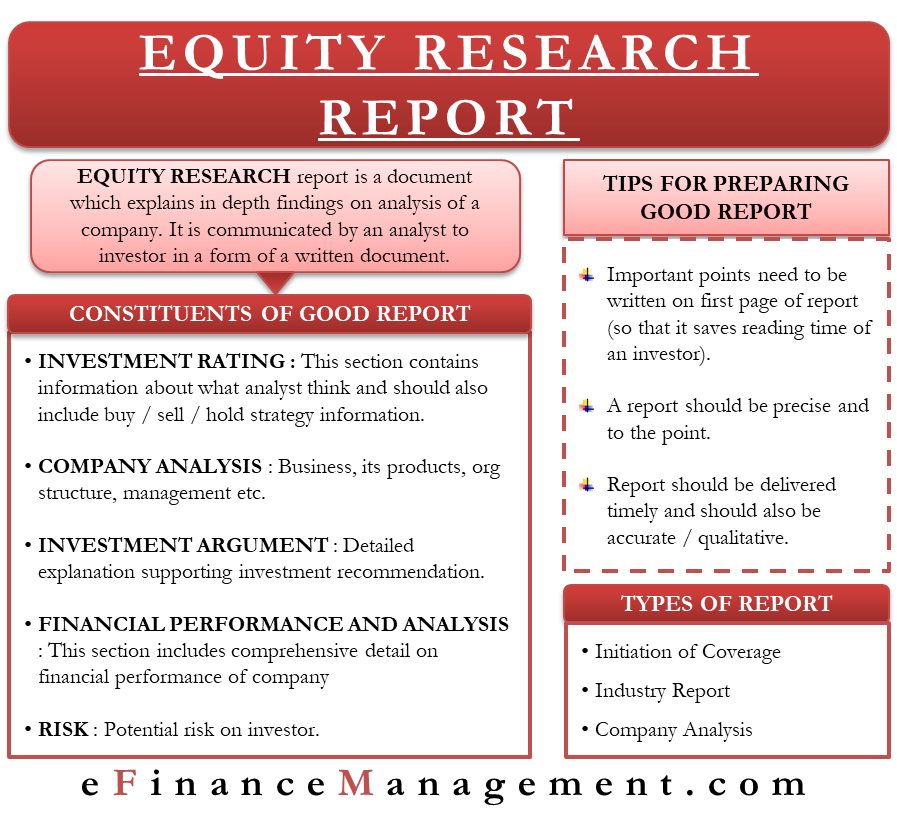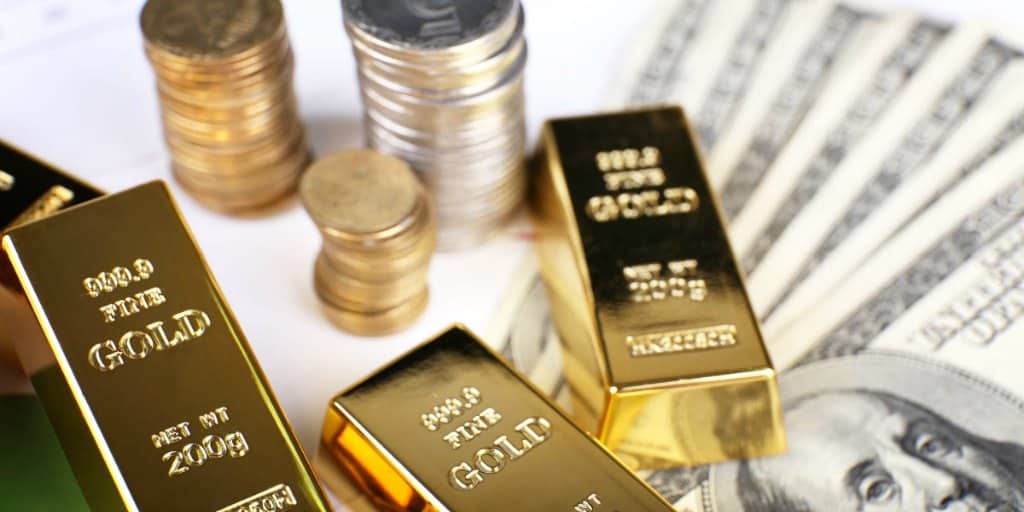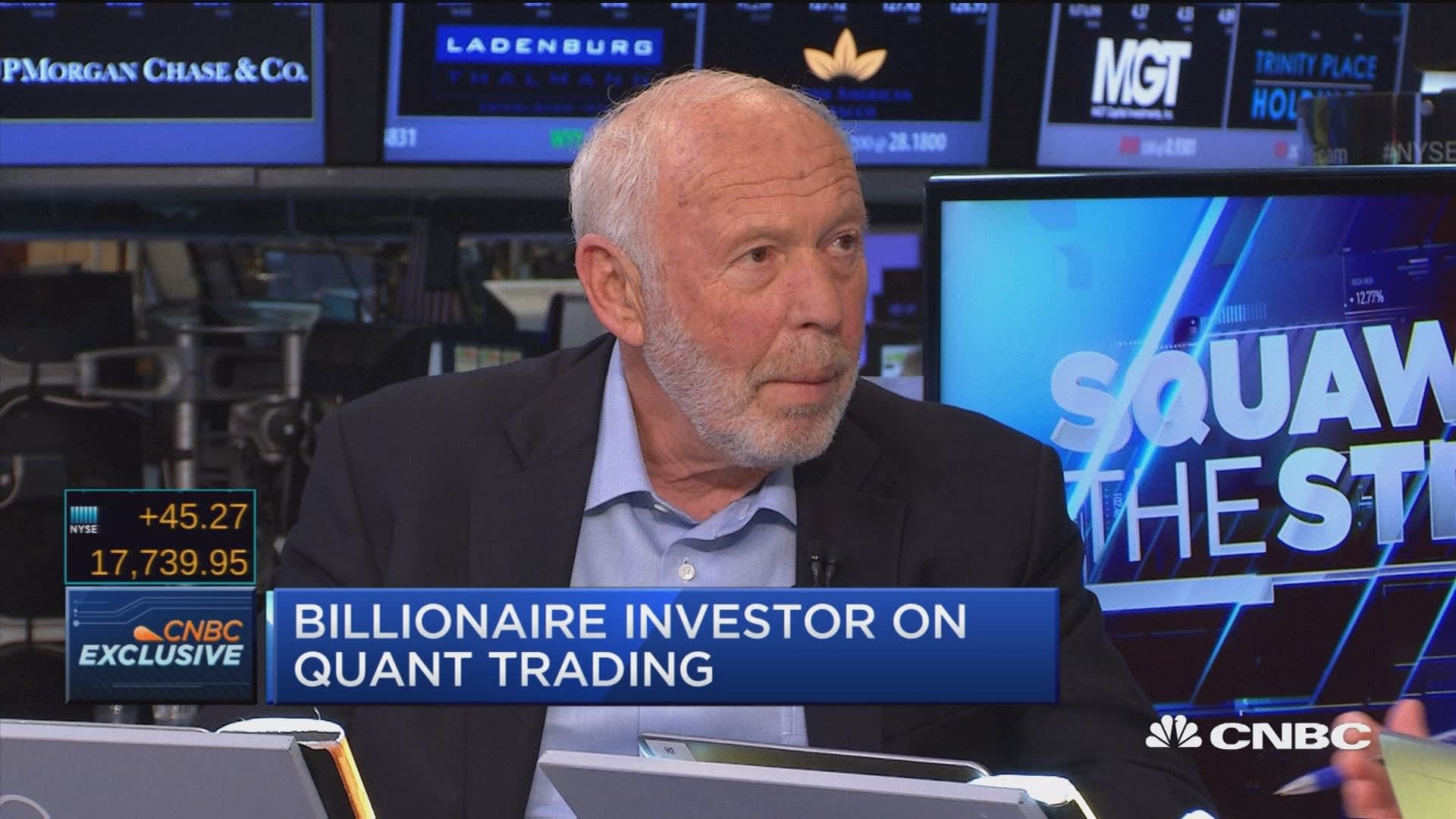
But you can usually avoid these fees by maintaining a minimum balance or setting up direct deposits (if it’s a checking account). In exchange for total accessibility, your demand deposit account may earn very little interest, if any at all. However, your funds are insured by the Federal Deposit Insurance Corporation (FDIC) for up to $250,000, which can provide some peace of mind. The account’s holdings can be accessed at any time, without prior notice to the institution. The money is available “on-demand”—hence, the name “demand deposit” for this sort of account. The Federal Deposit Insurance Corporation offers up to $250,000 per depositor, per bank, in insurance to protect the accounts.
- NOW accounts were created after the Great Depression as a loophole for banks to pay interest on checking accounts.
- A demand deposit account and a term deposit account are both types of financial accounts offered by banks and credit unions.
- Bankrate has partnerships with issuers including, but not limited to, American Express, Bank of America, Capital One, Chase, Citi and Discover.
- If you’re using a check to open an account, there may be a holding period as the new bank ensures the check will clear.
- Bankrate.com is an independent, advertising-supported publisher and comparison service.
For funds in the account, the bank or financial institution may pay either a low or zero interest rate on the deposit. For instance, typically, the longer the CD term is, the higher the rate. Jumbo CDs, which may require you to deposit $25,000 or more, can earn higher rates than CDs that only require a $500 or $1,000 example of demand deposit deposit. The same goes for jumbo money market accounts versus regular money market accounts. And again, online banks generally offer more favorable rates for both CDs and MMAs than brick-and-mortar banks do. Demand deposits consist of funds the account holder can access right away, such as checking account funds.
What are check-cashing services?
A demand deposit account and a term deposit account are both types of financial accounts offered by banks and credit unions. But they differ in terms of accessibility or liquidity, and in the amount of interest that can be earned on the deposited funds. For example, someone can visit a branch in-person to make a withdrawal. They can also use the internet to make a transfer between their accounts or to pay bills from the checking account. Most banks also offer debit cards that customers can use to make purchases or withdraw cash at ATMs.
As with other types of deposit accounts, the FDIC insures demand deposit accounts (up to $250,000, depending on different variables). Because they’re FDIC insured, DDAs can help keep your money safe until you’re ready to spend it. You can also conveniently access your cash whenever you need it in a few different ways, including checks, ATM withdrawals and taking cash out at the bank.

NOW accounts are essentially checking accounts where you earn interest on the money you have deposited. With a NOW account, the bank or credit union has the right to require at least seven days written notice of a withdrawal, though this is rarely done. Most demand deposit accounts (DDAs) let you withdraw your money without advance notice, but the term also includes accounts that require six days or less of advance notice. Once your deposit account reaches maturity after the specified term, you can withdraw the money you deposited initially, along with interest earned.
Demand Deposits
Generally, you cannot withdraw money from a term deposit before it matures without penalties. Early withdrawal may result in the loss of interest earnings, reduced principal amount, or paying a predetermined penalty fee, which varies depending on the terms and conditions of the deposit. Yes, demand deposits are typically insured by the government through programs like the Federal Deposit Insurance Corporation (FDIC) in the United States. This insurance provides protection to depositors in case of bank failures, up to a certain amount per depositor per institution. There are several key differences between term deposits and demand deposits.

Term deposits provide a stable source of funding, allowing financial institutions to plan and allocate resources accordingly. For example, an institution knows how much capital is being locked up for a certain period of time, so they may more aggressively loan out those funds in the interim and hold less bank reserves. Funds cannot be withdrawn from a term deposit account until the end of the chosen period without incurring a financial penalty, and withdrawals often require written notice in advance.
You’ll want to carefully consider how you plan to use the account as well as your financial situation before deciding which type of account will be the right fit for you. A savings account is a good place for your emergency fund, since you can access the money easily when unplanned expenses arise. Here are some types of accounts offered by banks and credit unions aren’t DDAs. Let’s explore what a demand deposit account is, how it works and how it compares to other types of bank accounts. A deposit is essentially your money that you transfer to another party, such as when you move funds into a checking account at a bank or credit union. A deposit is money held in a bank account or with another financial institution that requires a transfer from one party to another.
Term Deposit vs. Demand Deposit: What’s the Difference?
Most Americans have one or more time deposit accounts in the form of a checking account, savings account or money market account. These accounts are highly liquid, making them useful for your emergency fund as well as for managing your day-to-day finances. Like demand deposit accounts, funds in time deposit accounts can be protected at financial institutions with FDIC or NCUA coverage. Finally, be sure to shop around for rates before you commit to a time deposit account.
What Is a Demand Deposit? – The Motley Fool
What Is a Demand Deposit?.
Posted: Thu, 06 Apr 2023 07:00:00 GMT [source]
It also includes transfers when making purchases and those by check or debit card. Withdrawals made in person at a bank branch, by mail, or at an ATM do not count toward the six-per-month limit. There are three kinds of Demand deposit accounts where you can deposit or withdraw your money. Demand deposit accounts, such as checking accounts, have both pros and cons.
Manner of Demand
Usually, the funds are used for normal life expenses and the bank pays little to no interest rate for the money stored in this account. There are many ways to make a demand on the bank for funds, including using the ATM, using a debit card, and making an online banking transfer. The Federal Reserve does place certain requirements on these accounts which creates liabilities on banks. Reserve requirements force financial institutions to regulate the types of accounts and the activity in these accounts.
These account balances are usually considered money and form the greater part of the narrowly defined money supply of a country. Simply put, these are deposits in the bank that can be withdrawn on demand, without any prior notice. According to law, banks must retain a certain amount of the money customers have deposited so the bank can return those funds to customers who ask for their money. Lower reserve requirements mean that banks can lend more money, which may stimulate the economy. Higher reserve rates mean that banks must retain more customer deposits. The two main differences between demand deposit and time deposit (or term deposit) accounts are how easily you can access the money in the account, and how much interest the account earns.
The federal government uses demand deposits to measure how much liquid cash is available in the U.S. money supply chain. This measure of money is referred to as “M1” and is the sum of all demand deposits, currency, and other liquid deposits held at financial institutions. Checking accounts are the most accessible type of bank account, but they also pay the least amount of interest. Of those that do, the current national average is around 0.03% APY. Instant demand deposits offer higher liquidity and are a quick and highly effective source of money for individuals and businesses. Although the return is lower, these accounts offer a risk-free return.
For example, banks may offer senior checking, rewards checking, interest checking, student checking or even checkless checking, all of which provide immediate access to your money. Money market accounts are also included under the demand deposit accounts umbrella. Unlike a savings account, a checking account is a type of demand deposit account that doesn’t limit the number of transactions you can make without paying a fee. Like savings accounts, checking accounts are often covered by FDIC or NCUA insurance.
Options trading entails significant risk and is not appropriate for all customers. Customers must read and understand the Characteristics and Risks of Standardized Options before engaging in any options trading strategies. Options transactions are often complex and may involve the potential of losing the entire investment in a relatively short period of time. Certain complex options strategies carry additional risk, including the potential for losses that may exceed the original investment amount. Demand deposits have no restrictions on withdrawals, which means they are better-suite for people who need easy access to their funds. When someone opens a CD, they choose a term, such as six months, a year, or two years.
Traditionally, money market accounts offer a competitive rate to savings accounts. The maximum a person may withdraw can be up to a certain daily limit or up to the limit of their account balance. Common examples of demand deposits would be amounts in a checking account or savings account. Term deposits require depositors to wait a predetermined period before making a withdrawal. But banks can limit the number of withdrawals you can make from an MMA, just as they can with savings accounts.
Federal Reserve Criteria
After opening the CD, the depositor cannot withdraw funds from the CD until its term ends. Our goal is to give you the best advice to help you make smart personal finance decisions. We follow strict guidelines to ensure that our editorial content is not influenced by advertisers. Our editorial team receives no direct compensation from advertisers, and our content is thoroughly fact-checked to ensure accuracy. So, whether you’re reading an article or a review, you can trust that you’re getting credible and dependable information. Bankrate follows a strict editorial policy, so you can trust that we’re putting your interests first.

Demand deposit accounts include checking accounts, savings accounts and money market accounts. With a demand deposit account, you’re allowed to put money into the account or take money out of the account at any time, without penalty. Funds a depositor may need to access at any time should be kept in a demand deposit account.
